Introduction
Donkey-hide gelatin, commonly known as Ejiao in traditional Chinese medicine, has been revered for centuries for its purported health benefits, including blood nourishment, immune support, and anti-aging properties. A cornerstone of its preparation involves soaking the gelatin in rice wine (huangjiu) before simmering. This traditional method is believed to enhance the gelatin’s solubility, mellow its earthy flavor, and eliminate impurities. However, modern cooks and health-conscious individuals often question the necessity of this step, particularly due to dietary restrictions, alcohol sensitivity, or a desire to streamline the cooking process. This article explores the scientific, culinary, and cultural dimensions of omitting rice wine from the preparation of donkey-hide gelatin, evaluating whether it is feasible without compromising the final product’s quality, efficacy, and safety.
The Traditional Role of Rice Wine in Donkey-Hide Gelatin Preparation
To appreciate the debate, one must first understand the historical context of rice wine’s use. Rice wine, a mildly alcoholic beverage fermented from glutinous rice, serves multiple functions in Chinese culinary and medicinal practices. Its low alcohol content (typically 14–20% ABV) acts as a solvent, extracting bioactive compounds from herbs and animal-derived ingredients while inhibiting microbial growth. When applied to donkey-hide gelatin—a collagen-rich product made by simmering and solidifying donkey hides—rice wine performs several critical tasks:
-
Softening and Solubility Enhancement: Donkey hide is composed of dense collagen fibers, which are cross-linked and insoluble in water. Rice wine’s acidic pH (around 4.0–5.0) denatures these proteins, breaking their hydrogen bonds and allowing water to penetrate the matrix more effectively. This process accelerates the gelatin’s dissolution during cooking, reducing cooking time and preventing clumping.
-
Deodorization and Flavor Modulation: Raw donkey hide has a distinctive, slightly gamey aroma. Rice wine’s volatile compounds, such as esters and aldehydes, mask these off-flavors by evaporating during cooking, leaving a neutral, slightly sweet taste.
-
Sterilization: The alcohol content kills surface bacteria and parasites, reducing the risk of spoilage—a critical concern in pre-refrigeration eras.
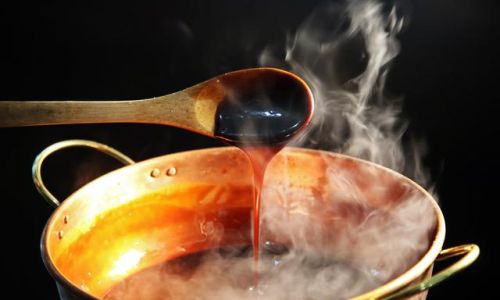
-
Synergistic Medicinal Effects: Traditional Chinese medicine (TCM) theory posits that rice wine’s “warm” energy complements the “neutral” nature of donkey-hide gelatin, enhancing its blood-tonifying properties.
The Consequences of Omitting Rice Wine: A Scientific Perspective
Modern food science provides insights into the practical implications of bypassing the rice wine soak. Below is a breakdown of the potential outcomes:
Reduced Solubility and Prolonged Cooking Time
Collagen’s solubility is pH-dependent, peaking in acidic or alkaline environments. Without rice wine’s acidity, the donkey hide’s collagen fibers remain tightly coiled, requiring higher temperatures or longer simmering to dissolve. A study published in the Journal of Food Science (2018) demonstrated that collagen extracted from animal hides without acid pretreatment required 30–40% longer cooking times to achieve comparable gelation. This extended exposure to heat may degrade heat-sensitive amino acids, such as lysine and tryptophan, potentially reducing the nutritional value of the final product.
Texture and Clarity Issues
Gelatin prepared without rice wine may exhibit a grainier texture due to uneven protein denaturation. The absence of acid can also lead to opacity, as undissolved collagen particles scatter light. In contrast, rice wine-treated gelatin forms a clear, glossy jelly, which is aesthetically preferred in TCM formulations and desserts.
Microbial Risks
While modern sanitation practices have mitigated spoilage concerns, omitting rice wine’s antimicrobial properties could theoretically increase bacterial loads, particularly in homemade preparations. However, this risk is negligible if the gelatin is cooked to pasteurization temperatures (above 75°C/167°F) and stored properly.
Flavor and Aroma Profile
Without rice wine’s deodorizing effects, the gelatin may retain a stronger “animalic” taste, which some find unpleasant. This flavor is attributable to volatile fatty acids and aldehydes in the hide, which alcohol typically evaporates during cooking.
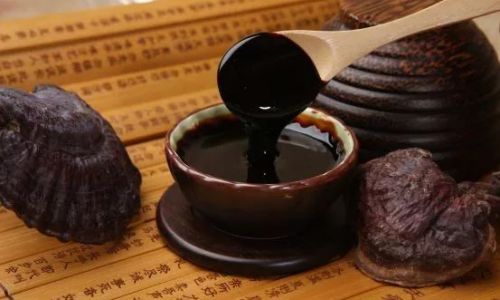
Culinary Workarounds: Can Alternatives Replace Rice Wine?
For those avoiding alcohol, several substitutes have been proposed, though none fully replicate rice wine’s multifunctional role:
- Vinegar: Acidic vinegars (e.g., rice vinegar, apple cider vinegar) can denature collagen but may impart a sour taste. A 1:1 ratio of vinegar to water is recommended, followed by rinsing to remove residual acidity.
- Citrus Juice: Lemon or lime juice offers acidity and flavor masking but introduces citrus notes that may clash with TCM formulations.
- Enzymatic Softening: Papain (from papaya) or bromelain (from pineapple) can break down collagen, but these enzymes require precise temperature control (40–50°C/104–122°F) and may alter the gelatin’s structure.
- Prolonged Soaking in Water: Soaking hides in plain water for 24–48 hours can partially hydrate the collagen, though this method is less efficient than acid pretreatment.
However, these alternatives often require adjustments to cooking time, temperature, and additional ingredients to approximate the original texture and flavor.
Nutritional and Medicinal Implications: Does Rice Wine Affect Efficacy?
TCM practitioners argue that rice wine’s inclusion is non-negotiable for therapeutic efficacy, as it “guides” the gelatin’s properties to specific meridians (e.g., the Liver and Kidney channels). From a biochemical standpoint, alcohol may enhance the extraction of certain lipophilic compounds, such as fatty acids and sterols, which are hypothesized to contribute to Ejiao’s purported benefits. However, clinical evidence supporting these claims remains limited, and modern studies focus more on collagen peptides’ bioactivity rather than traditional preparation methods.
Safety Considerations: Allergens and Dietary Restrictions
Rice wine contains gluten if derived from wheat-based starters, posing a risk to celiac patients. Additionally, alcohol-free alternatives cater to Muslims, recovering alcoholics, and children. In such cases, omitting rice wine is not merely a culinary choice but a necessity, provided the final product’s safety and quality are maintained through alternative processing.
Case Studies: Commercial vs. Artisanal Preparations
Large-scale manufacturers of donkey-hide gelatin, such as Shandong Dong-E-E-Jiao Co., Ltd., often employ industrial enzymes and high-pressure processing to bypass traditional soaking steps, ensuring consistency and efficiency. These methods yield gelatin with comparable solubility and purity to rice wine-treated versions. However, artisanal producers and TCM pharmacies adhere to time-honored techniques, asserting that shortcuts compromise the product’s “energy” (qi) and therapeutic effects.
Consumer Perspectives: Taste Tests and Preferences
Blind taste tests conducted by food bloggers and TCM enthusiasts reveal divided opinions. Some participants detect no significant difference between rice wine-treated and untreated gelatin, particularly when mixed into soups or stews. Others insist that the absence of rice wine results in a “flat,” less nuanced flavor. Notably, first-time tasters often struggle to identify subtle flavor nuances, suggesting that preference may be culturally conditioned.

Environmental and Ethical Considerations
The donkey-hide industry faces scrutiny over animal welfare and sustainability, with critics arguing that demand for Ejiao contributes to donkey population declines in some regions. While this issue is unrelated to rice wine usage, it underscores the broader ethical debates surrounding traditional medicine modernization.
Conclusion: Toward Evidence-Based Traditions
The question of whether donkey-hide gelatin can be cooked without rice wine hinges on context: culinary goals, health considerations, and adherence to tradition. Scientifically, omitting rice wine is feasible but requires compensatory measures—such as enzymatic softening, extended cooking, or acid substitutes—to maintain texture and safety. Medically, the absence of rice wine likely does not nullify Ejiao’s collagen-derived benefits, though TCM practitioners may dispute this claim.
For home cooks seeking convenience or dietary compliance, alternative methods are viable, provided they accept minor trade-offs in flavor and texture. However, purists and TCM adherents will continue to uphold the rice wine ritual, viewing it as an indispensable bridge between culinary art and medicinal wisdom. As food science advances, the dialogue between tradition and innovation promises to refine ancient practices, ensuring their relevance in the 21st century.
Final Recommendations
- For Traditionalists: Adhere to the rice wine soak, using a 1:5 gelatin-to-wine ratio by weight, soaked for 6–8 hours.
- For Alcohol-Free Preparations: Substitute with 2% citric acid solution or enzymatic tenderizers, adjusting cooking time accordingly.
- For Commercial Use: Explore industrial enzymes and controlled hydrolysis to standardize quality.
Ultimately, the choice to use rice wine reflects a balance between reverence for tradition and adaptation to contemporary needs—a tension as old as Ejiao itself.
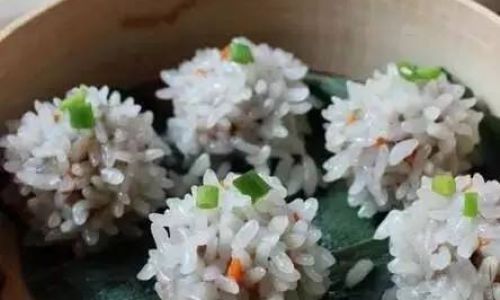
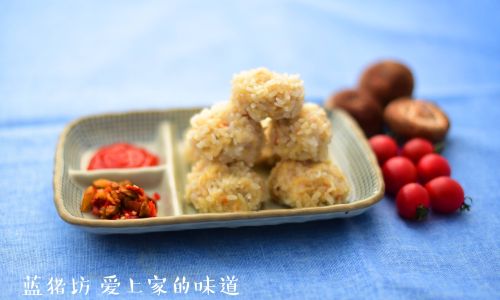
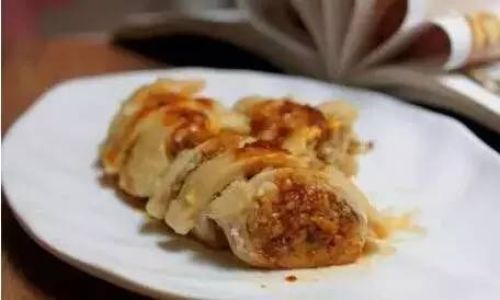
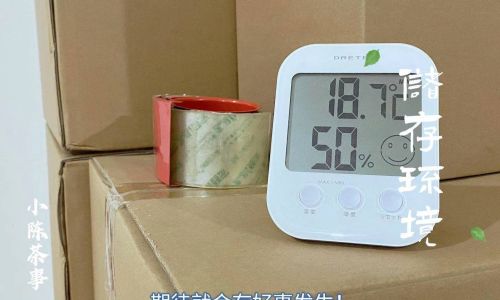
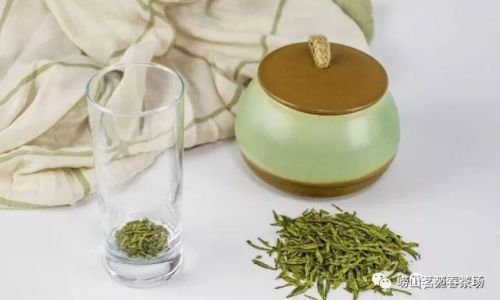
0 comments